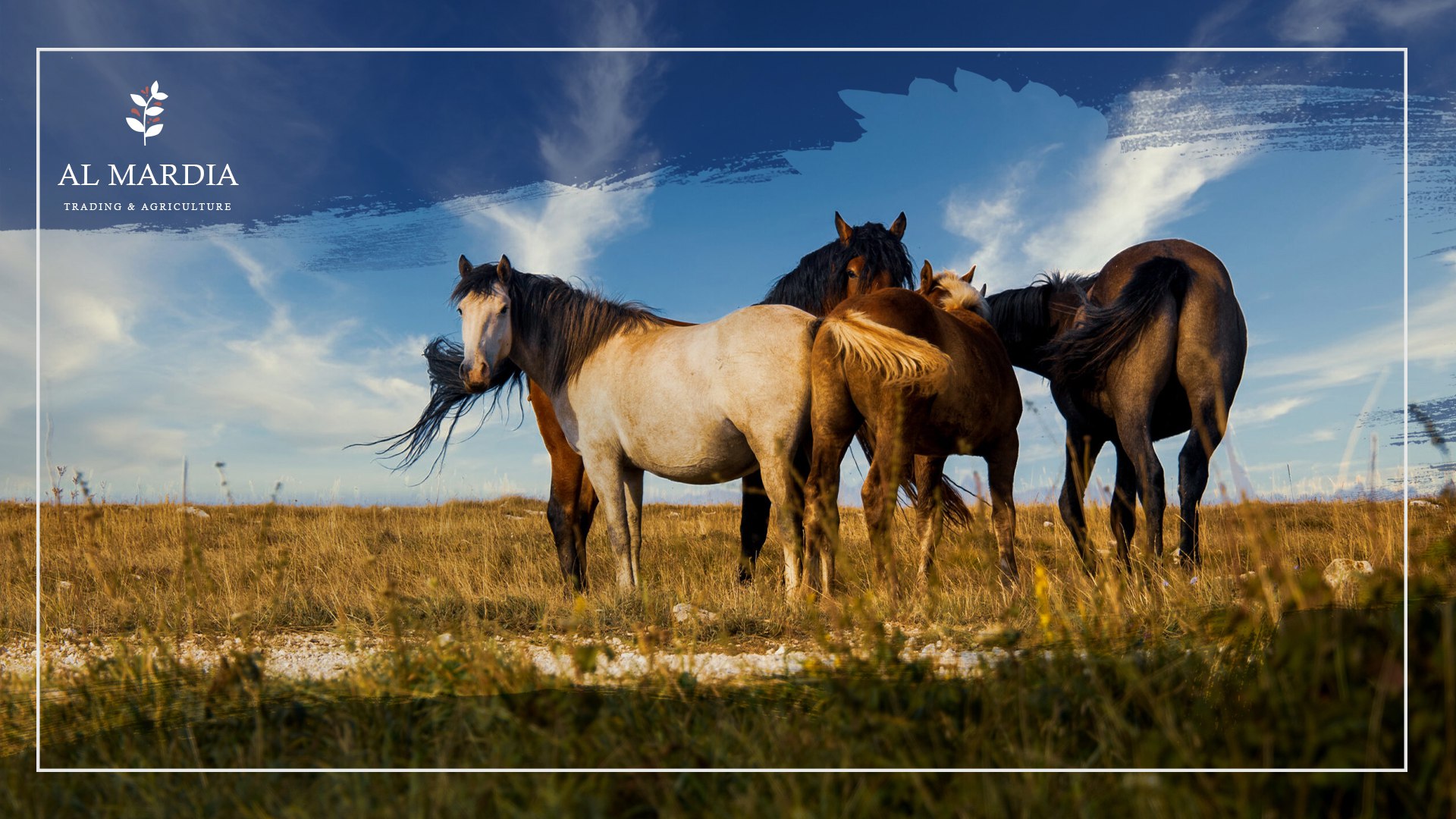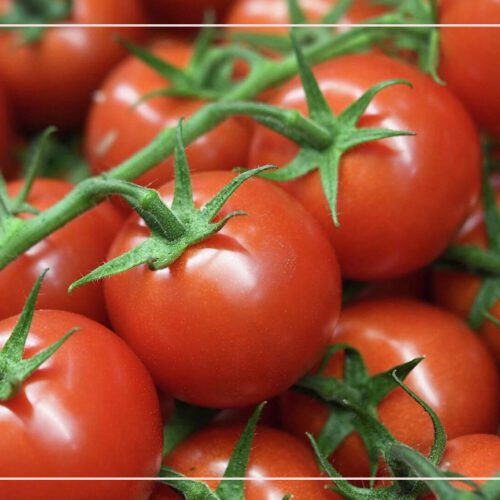

Basics About Horse Care
Before you decide to get your own equine companion to your farm, it’s very important to learn some basics about horse care. For example, learn how to feed horses, how to take care of horses and ponies, how healthy horses look, and how sick horses might behave. These and other ideas will be explained in this article.
The basic needs:
Before deciding to raise your own horse, make sure to meet these requirements:
- Pastures are large enough and free from risks like holes, wire fences, and sharp-edged tools.
- Secure fencing like wooden, plastic, or mesh wire that can’t harm animals and also keep them protected inside.
- Faire quality of hay or grass for grazing.
- Clean filtered water must be available all the time.
- Provide heat in the barn during blizzards and freezing weather conditions.
- Dry clean space to lie down.
- Daily routine health checks for any injuries or diseases.
Horse care routine:
Buying a convenient horse is the very first step toward appropriate horse ownership. Owning a healthy equine is not an easy mission, many essential steps must be followed:
- Horses must be fed grain and hay twice a day, morning and night, and the feed mixture must include all necessary nutrients. “Don’t stick with one type of grain all the time, varying sources of nutrition are the key.”
- Water supplies must be available. Hence, it’s preferred to clean and refill water buckets twice a day.
- Clean the stable twice a day. Stalls should be mucked by removing manure and urine spots every morning and night.
- Fresh bedding is a necessity.
- Hooves must be checked daily.
- During cold winter, a blanket is preferred use, where we cover the horse with it in the cold evenings and nights and remove it in the mornings.
- In summer, we have to spray the horse with fly spray twice a day to repel insects and avoid infections.
- We have to take horses out on a walk every day to exercise muscles and stretch their legs, in addition to getting some fresh grass and sun exposure.
Stable management:
Taking good care of horses also means taking care of the stable and tack, which also includes all horse-related equipment like halter, saddler, bridle, lead rope, and blankets. All leathers have to be cleaned and conditioned regularly to keep them soft and elastic and comfortable for the horse. Saddle pads and blankets are recommended to be laundered to prevent mud and sweat from building up causing skin irritations and discomfort for the horse.
On another side, stable management includes sweeping the ground and removing manure from the aisles on a daily basis. Removing cobwebs from the ceiling and fixing lights permanently are also recommended.
“Cobwebs can collect wood shavings and hay dust, increasing fire hazards.”
RELATED TOPICS: Why Pastoralism is the Promise of A Better Future?
Horses need companions:
Horses are herd animals and they always prefer to live with their own kind, to feel safe and secure. In the wild, they live in small herds where there are leaders and followers with a well-organized social ladder.
When farmers keep several horses together, they feel less bored and less likely to get bad harmful habits like chewing wood, swallowing ropes or plastic materials, stall walking, and other abnormal repetitive behaviors.
Horses are naturally social creatures and interact better when they live in groups. “It’s better emotionally and physically to keep horses together even if they spend most of the time separated in the stable.”
In some cases, the farmer won’t be able to buy more than one horse. They might have other animals on the farm and there are not enough for more than one equine. When a farmer is running a low-budget project, another horse means twice the hay, feed costs, veterinarian and farrier, and vaccines. In simpler scenarios, the farmer doesn’t have the time to take care of more than one horse.
Alternative solutions:
When the farmer has the time and space to take care of more than one horse with a lack of finance, then they might offer some sort of board. In this case, the farmer must choose wisely and carefully when they want to provide their horse with companions because horses are very intelligent and selective animals, and they might not get along with any other horses.
When farmers don’t have enough space for average-sized horses. Therefore, they might consider taking care of ponies which are small and very social animals. Ponies provide excellent companionship with fewer needs and lower-cost demands.
If there is a horse rescue in your neighborhood, you can simply ask them for a free companion horse. In this case, two problems are solved at once, meet the horse’s needs for company and provide a safe cozy home for a horse that may have no other option. It’s very important to remember that rescued animals usually need extra care. Therefore, farmers must be aware that this alternative has low initial costs but that doesn’t mean it’s the most efficient in the long run.
You can now check the full list of Pastoral Products
produced by Almardia Group
Common Questions:
-
Which country is famous for horses?
Iceland is famous for its horses which have two unique gaits specific to their breed.
-
What is the most loyal horse breed?
The Andalusian Horse is considered one of the most beautiful and loyal horse breeds with tremendous warmheartedness. They seem to have a high level of emotional intelligence.
-
Are male or female horses better to ride?
Geldings are preferred most of the time for riding and all other activities because they are calmer and easier to control than stallions.





